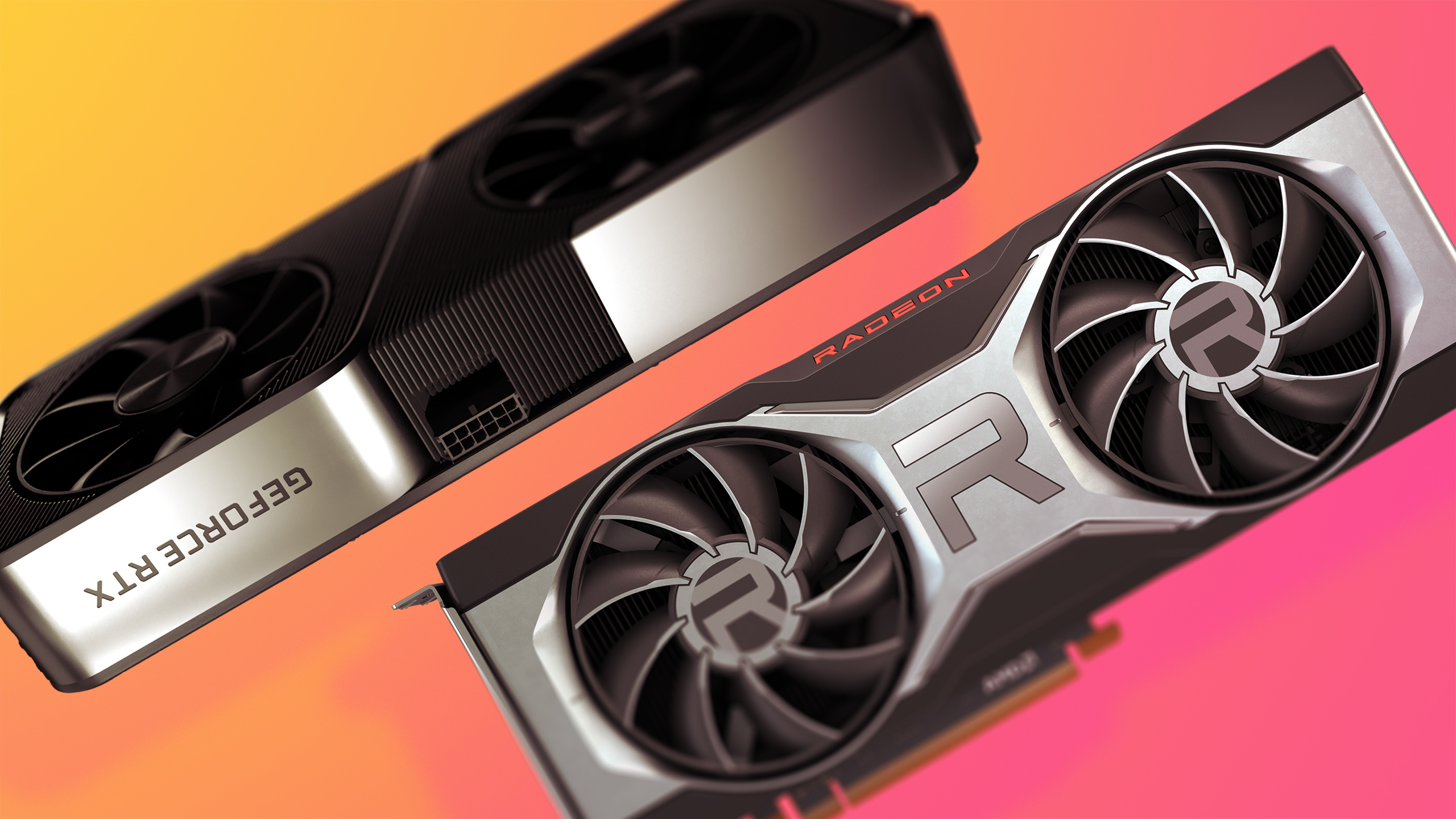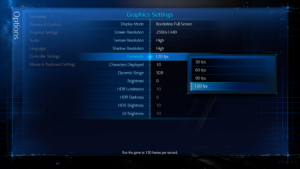Intel has been making some pretty big claims in the PC gaming space lately. Recently the company laid out it’s CPU roadmap all the way up to 2024 and beyond. But there’s more to Intel than just a big PC gaming part manufacturer, sure the company is showing off their brand new Arc Alchemist GPU running Tomb Raider to investors, but it’s also doing things like making this cool digital book which helps preserve the voices of people with MND.
Another way Intel is working towards new and interesting tech is with real-time imaging devices. According to MIT News, Intel has worked with researchers to create a radar device far more capable than other systems but with the ability to fit in the palm of your hand.

How to buy a graphics card: tips on buying a graphics card in the barren silicon landscape that is 2021
This credit card sized device has been designed by researchers at the The Terahertz Integrated Electronics Group at MIT, led by Associate Professor Ruonan Han. It consists of a reflectarray with around 10,000 antennas designed to focus a beam of energy electronically with no moving parts. This terahertz energy beam is a bit similar to things like X-rays, and can pass through many solid materials but is non-ionising so should be without any adverse health effects. It shares properties with infrared radiation and microwave radiation as it falls between both on the electromagnetic spectrum.
“Antenna arrays are very interesting because, just by changing the time delays that are fed to each antenna, you can change what direction the energy is being focused, and it is completely electronic,” says Nathan Monroe ’13, MNG ’17, first author of the paper who recently completed his PhD in MIT’s Department of Electrical Engineering and Computer Science (EECS). “So, it stands as an alternative to those big radar dishes you see at the airport that move around with motors. We can do the same thing, but we don’t need any moving parts because we are just changing some bits in a computer.”
This means the device could be great for detecting 3D spaces for drones, self-driving cars, or even medical scans inside our own bodies. As it’s using terahertz waves instead of light, weather isn’t as much of an issue as it is for light detection and ranging devices. The device even managed to generate higher resolution images than much larger radars such as Cape Code, a building visible from space. Though to be fair, this credit card sized device can only do a much smaller area.
But that’s also where this tech gets really interesting. Thanks to the semiconductor design, these arrays are also scalable and can be stitched together. So Cape Code may just want to watch its back in the future.
“Intel’s high-reliability advanced assembly capabilities combined with the state-of-art, high-frequency transistors of the Intel 16 silicon process enabled our team to innovate and deliver a compact, efficient, and scalable imaging platform at sub-terahertz frequencies. Such compelling results further strengthen the Intel-MIT research collaboration,” says EECS grad student Dogiamis.
Even when it comes to PC gaming there are potentially very cool implementations for this kind of tech. Thanks to the size and potential consumer availability down the line, this could be used in VR or AR products to help easily and accurately map out play areas. Maybe even scan in digital assets easily and quickly. Digital copies of real life places could potentially be easier to bring into virtual worlds, and who knows, maybe this could even help make the metaverse a bit less weird. That goal seems a bit too monumental, so if Intel can just deliver on those discrete GPU promises for 2022, I'll be happy.
- "
- 000
- 3d
- advanced
- airport
- All
- alternative
- AMD
- antenna
- AR
- AREA
- around
- Assets
- availability
- Beam
- Bit
- brand
- Building
- buy
- Buying
- capabilities
- cars
- change
- Chips
- claims
- code
- collaboration
- company
- compelling
- computer
- computer science
- consumer
- create
- credit
- credit card
- delays
- department
- Design
- Detection
- Devices
- digital
- Digital Assets
- down
- Drones
- efficient
- electrical
- electronic
- Electronics
- energy
- Engineering
- fair
- Fed
- First
- fit
- Focus
- focused
- future
- Gaming
- GPU
- graphics
- great
- Group
- Health
- High
- HTTPS
- image
- imaging
- Intel
- IT
- Led
- light
- Line
- Making
- Manufacturer
- map
- materials
- May
- medical
- Metaverse
- MIT
- more
- move
- nvidia
- Other
- Paper
- PC
- PC Gaming
- People
- platform
- play
- potential
- Process
- Products
- radar
- Radiation
- real-time
- research
- researchers
- Results
- roadmap
- running
- RX
- scalable
- scaling
- scan
- Science
- self-driving
- self-driving cars
- semiconductor
- Shares
- Size
- smaller
- So
- Space
- spaces
- Spectrum
- Student
- Systems
- tech
- The
- The Metaverse
- The Voices
- Through
- time
- tips
- together
- Virtual
- VOICES
- vr
- Watch
- waves
- What
- WHO
- working
- works
- Worlds
- XT











